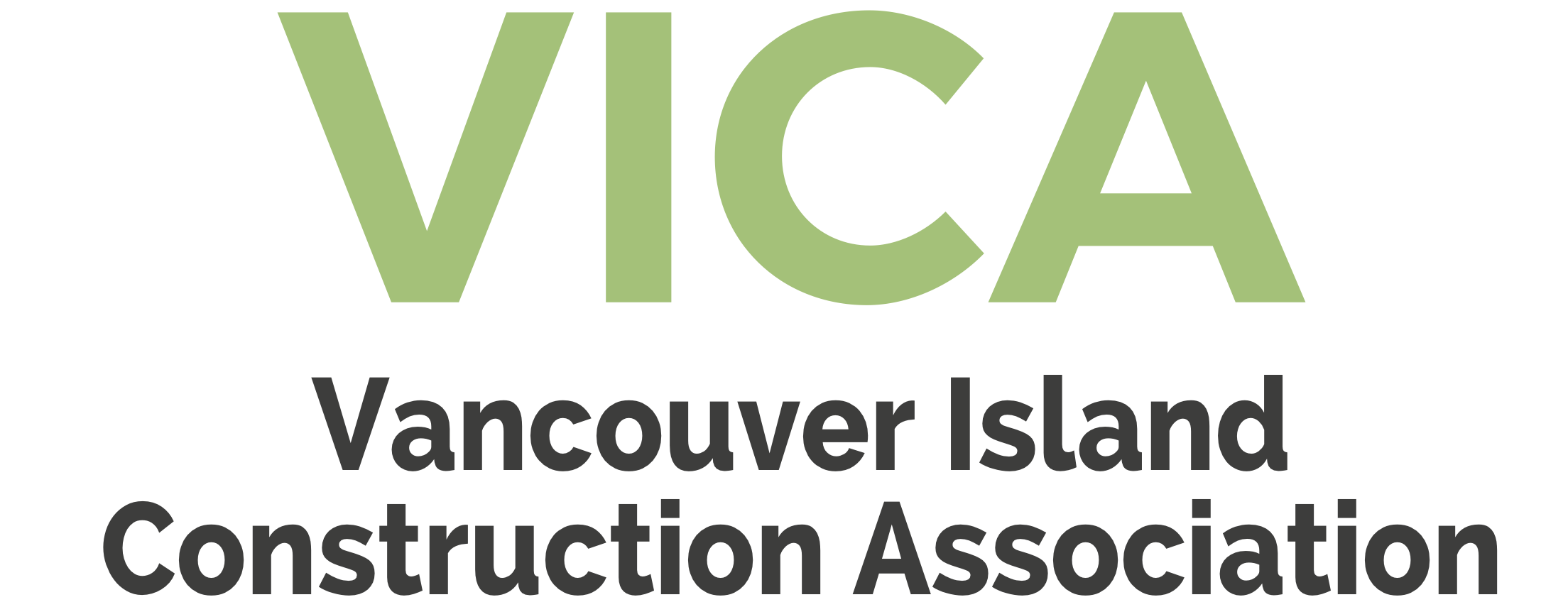Construction File:
BCDC Standard Documents and Guidelines for a Stipulated Price Bid
The British Columbia Documents Committee (BCDC) has recently published updates and added new Standard Documents and Guidelines for a Stipulated Price Bid for use on Publicly Funded Building Projects in the Province of British Columbia:
- BCDC 2, 2013 is the updated document to the BCDC 2, 2008, which includes amendments for the change to GST, some changes to the Bid Form requirements for Substantial Performance, and some other changes to improve functionality of the document.
- BCDC 2E, 2013 document has been added to use for bid closings with bid documents submitted electronically to an owner online.
This update to the existing document – first published in 2004 and updated in 2008 – was completed in consultation with the BC Documents Committee, which consists of public owner representatives, design professional representatives from the Architectural Institute of BC, and contractor representatives from BC Construction Association.
The updated BCDC 2 and the new BCDC 2E have been available since July 2013 and are downloadable (as well as the predecessor documents) on the website at www.bcdc2.ca. New PowerPoint guides are also available to assist users in executing the form filler documents.
These documents have now been in use for almost a decade, with tested use. One user (and BC Documents Committee member) is Cris Munro, a Supply Chain Manager form CM2 Ventures Inc. Cris is knowledgeable and is well known in the construction procurement field.
Cris comments:
“I have personally used these documents in well over 120 projects, both through the organizations I work for, and, my personal company, CM2 Ventures Inc. BCDC 2 provides a balanced set of standard terms and conditions from a British Columbia Public Owner’s specific perspective. The documents also provide the opportunity to refine the terms and conditions to the individual Owner’s specific project requirements, through the section noted as Part 1.4. This standardization of most public sector terms and conditions allows me, as a Supply Chain Manager, to improve effectiveness in bringing projects to market quicker and therefore improving efficiency of my organization.”
The BCDC documents were created in order to create a seamless standard document which lends itself to fair distribution of the risk in the bidding/contracting process, leading to this unique collaboration and outcome. The document is complementary to CCDC 2 (2008) and includes some BC Standard Supplementary Conditions. The ‘Front End’ part of the document (Instructions to Bidders and Bid Form) reflects much material drawn from the CCDC-23 (2005).
Some the areas where the document has addressed the issue of reducing risk to the owners and other benefits are:
- Use of a standard document will attract more bidders to a project. Familiar contracts enable contractors to more easily quantify risk, reducing the need to increase bids in order to compensate for the unknown.
- Guidelines and formats to assist with creating a complete bidding document with guidelines for:
- An Invitation to Bid.
- Guidelines for some Specification Division 1 General Requirements issues that in the past have often appeared, questionably, as Supplementary Conditions.
- Clarifications of some General Conditions in CCDC 2 of which misinterpretations in the past have led to questionable Supplementary Conditions.
- Guidelines for other specification issues relating to Record Drawings, Cash Allowances and Extended Warranties.
- Site Visit Guidelines for post-bid-closing site visits.
- A Checklist to assist bidding calling authorities with completing these Standard Documents.
- The ‘Front End’ documents are drafted in the context of current contract law allowing the owner some flexibility to deal with bidding errors and procedures. One asset is that the document includes a ‘Guideline for Administering Bidding Irregularities’, which is valuable to assist owners in dealing with irregularities which appear on contractors’ bid forms from time to time.
- Supplementary Conditions which allow acceleration of the work when the project falls behind schedule due to the fault of the contractor.
The document (originally first published in 2004 and endorsed by AIBC and BCCA) is used by school districts, colleges & universities, health authorities and local governments. We are hopeful that a broader use of the CCDC2, 2013 and new 2E document will extend to additional public owners, adding stability to the current turmoil being created by bidding documents with onerous conditions which are reducing competition and raising the cost of public construction in BC.
For additional information on the BCDC2 and 2E documents, please go to the BCDC2 website.








